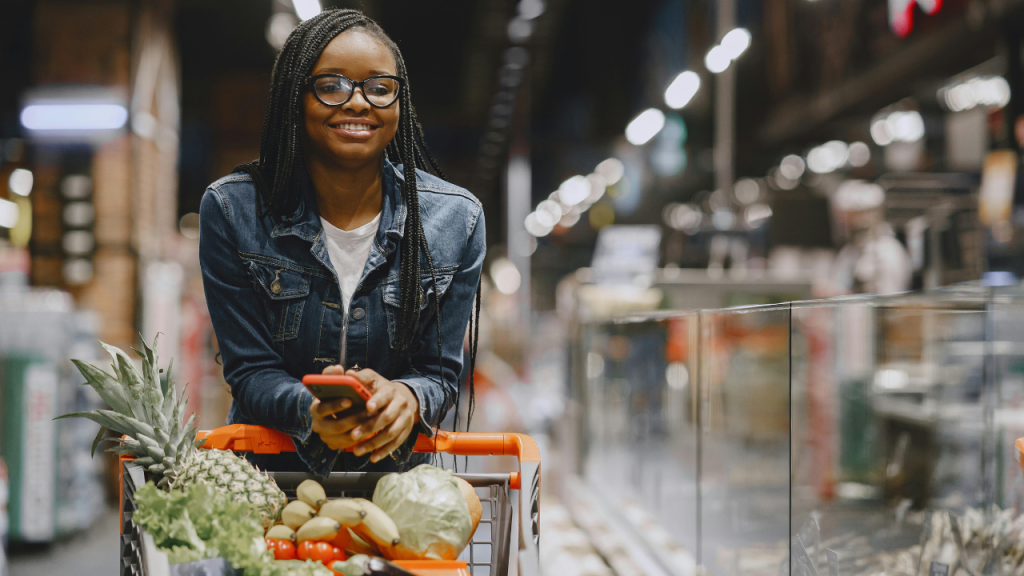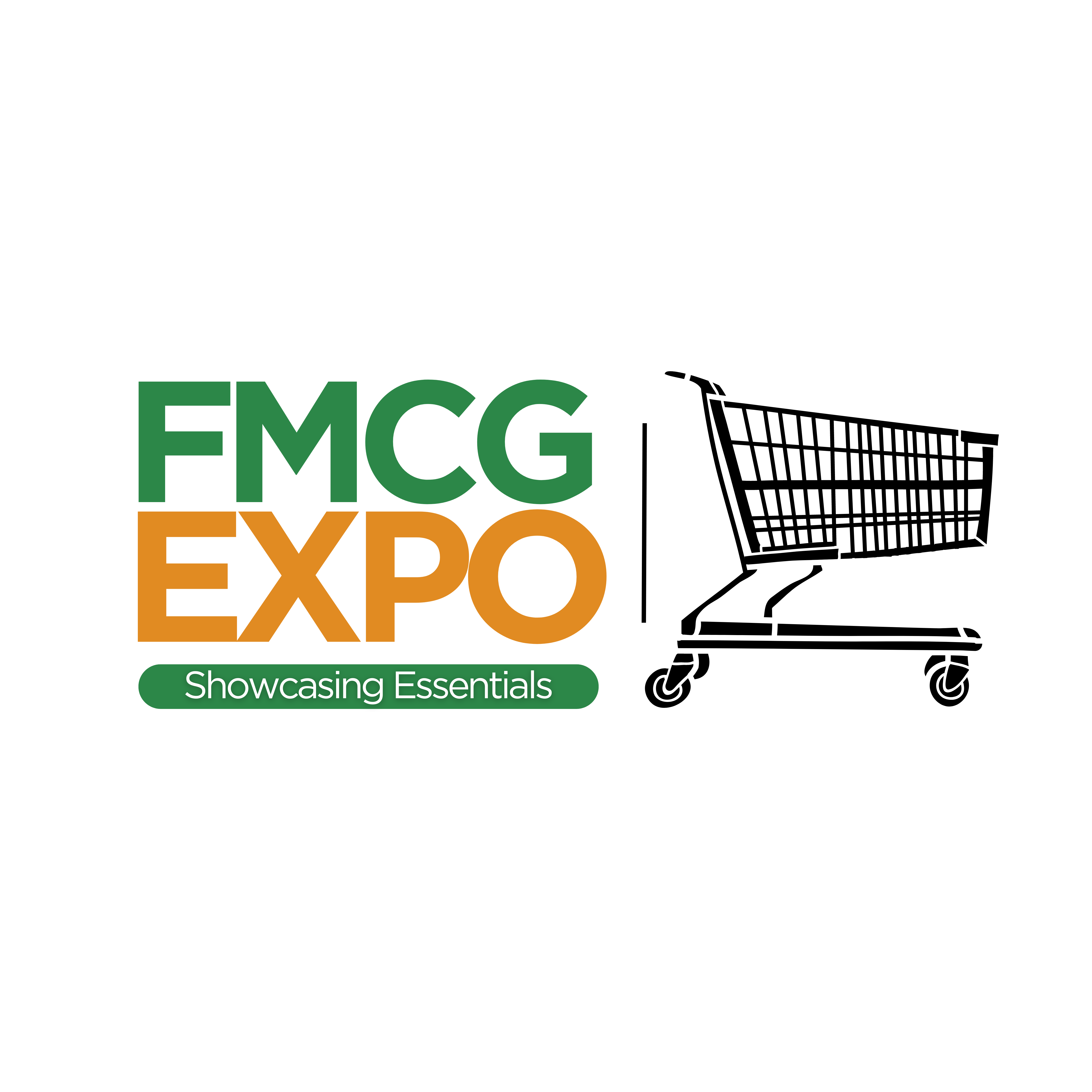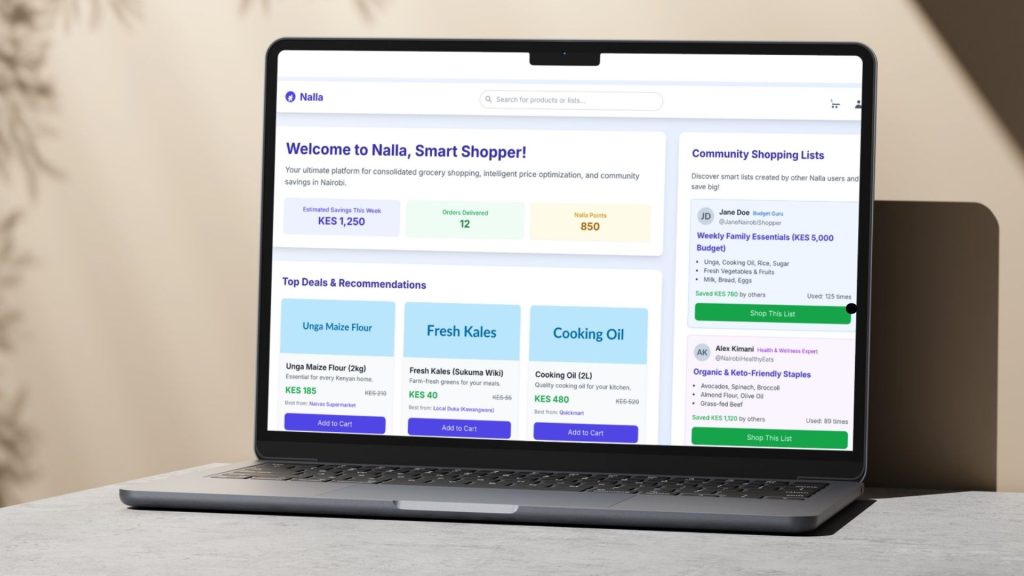The Fast-Moving Consumer Goods (FMCG) landscape is undergoing a profound transformation. Beyond traditional drivers like price, convenience, and brand recognition, a new, powerful force is dictating consumer choice: conscious consumerism. This isn’t a fleeting trend but a fundamental shift in values, where consumers, armed with unprecedented access to information, are demanding products that align with their ethical and environmental beliefs. For FMCG brands, this represents both a significant challenge and an immense opportunity to build trust, foster loyalty, and secure future growth.

This article delves into the core pillars of conscious consumerism and the strategic imperative for FMCG companies to adapt.
1. The Packaging Paradox: From Waste to Value
For decades, packaging in the FMCG sector has been a tool for protection, preservation, and branding, often at the expense of the environment. However, the tide has turned. The stark realities of plastic pollution and landfill waste have made sustainable packaging a top priority for consumers and a critical metric for brand performance.
Strategic Imperatives:
- Redesign for Recyclability and Reusability: The industry is moving away from single-use plastics and multi-material laminates that are difficult to recycle. The focus is on mono-materials (e.g., a single type of plastic or paper) that can be easily processed in existing recycling infrastructure. Companies are also exploring refillable and reusable packaging models, creating a circular economy where packaging is seen as a valuable resource, not a disposable item.
- Embracing Bio-Based and Innovative Materials: Beyond traditional recycling, the search for truly sustainable materials is accelerating. This includes:
- Plant-based plastics: Derived from renewable sources like cornstarch, sugarcane, or seaweed.
- Edible packaging: Particularly for food products, this innovative solution eliminates waste entirely.
- Mushroom-based packaging: A compostable alternative to styrofoam that is gaining traction.
- “Lightweighting” and Minimalist Design: Reducing the amount of material used in packaging not only lowers a product’s carbon footprint but can also lead to significant cost savings in manufacturing and transportation. Minimalist designs that prioritize functionality and reduce unnecessary secondary packaging are becoming the norm.
The transition, however, is not without its complexities. The cost of recycled plastic is often higher than virgin materials, and the trade-offs between a product’s carbon footprint and its recyclability require careful analysis. Nevertheless, brands that make bold, verifiable commitments to sustainable packaging, like many of the world’s top FMCG firms, are proving that these initiatives enhance brand perception and drive sales.
2. The Clean Label Movement: Authenticity and the Wellness Boom
Today’s consumers are not just looking for products; they are looking for transparency. The “clean label” movement, driven by a growing interest in health and wellness, is a direct response to a distrust of overly processed foods and long, unpronounceable ingredient lists.
Strategic Imperatives:
- Simplifying Ingredient Lists: The demand is for products with natural, recognizable ingredients. Brands are reformulating products to remove artificial additives, preservatives, colors, and sweeteners. This shift requires a deep understanding of food science to maintain product quality and shelf life without relying on synthetic compounds.
- The Rise of Functional Ingredients: Consumers are seeking out products that offer specific health benefits. This has led to a boom in functional foods and beverages enriched with ingredients like:
- Probiotics and Prebiotics: For improved gut health and digestion.
- Adaptogens: Natural substances (e.g., ashwagandha) believed to help the body manage stress.
- Plant-based proteins: Catering to the growing vegan, vegetarian, and flexitarian populations.
- Clear and Honest Communication: It is no longer enough to simply make clean products; brands must communicate this effectively. Packaging serves as a crucial tool for transparent labeling, highlighting organic, non-GMO, and sustainably sourced ingredients. The risk of “greenwashing”—making misleading or unsubstantiated claims—is high, and consumer scrutiny is at an all-time peak. Brands must back up their claims with concrete data and third-party certifications to build and maintain trust.
3. The Trust Ledger: Traceability and the Power of Blockchain
Conscious consumers don’t just care about the product in their hands; they care about its entire journey. Where did the ingredients come from? Were the farmers paid a fair wage? How was it transported? Answering these questions requires a level of supply chain transparency that has historically been difficult to achieve.
Strategic Imperatives:
- End-to-End Visibility: Modern consumers expect to trace a product from its source to the shelf. This is particularly critical in the food and beverage sector, where concerns about food safety and ethical sourcing are paramount.
- Blockchain as the Trust Catalyst: This is where technologies like blockchain are becoming a game-changer. A blockchain-based system creates an immutable, decentralized ledger that records every transaction and movement in the supply chain. This means:
- Tamper-Proof Records: Data, once entered, cannot be altered, providing a single source of truth for all stakeholders.
- Consumer-Facing Traceability: Consumers can use a QR code on the packaging to access detailed information about the product’s origin, a powerful tool for authenticating claims of fair trade, organic certification, or sustainable farming.
- Efficient Auditing and Recalls: In the event of a product recall or quality control issue, a blockchain system allows for instant identification of the affected batch, dramatically reducing response times and mitigating damage.
- Integrating IoT and AI: The true power of blockchain is unlocked when it is combined with other technologies. IoT sensors can monitor conditions (e.g., temperature for perishable goods) and automatically upload data to the blockchain. AI can then analyze this data to identify inefficiencies or potential risks, creating a truly intelligent and resilient supply chain.
The rise of the conscious consumer is not a market niche; it is the new standard. For FMCG companies, it represents a call to action to move beyond superficial marketing and embed sustainability, ethics, and wellness into their core business strategies. This requires a holistic approach—from innovating with sustainable packaging and reformulating products with clean labels to leveraging advanced technologies like blockchain for radical supply chain transparency. Brands that successfully navigate this shift will not only meet the demands of today’s consumers but will also build a more resilient, responsible, and profitable business for the future. The conscientious imperative is clear: the future of FMCG belongs to those who earn the trust of a consumer base that votes with their values.


